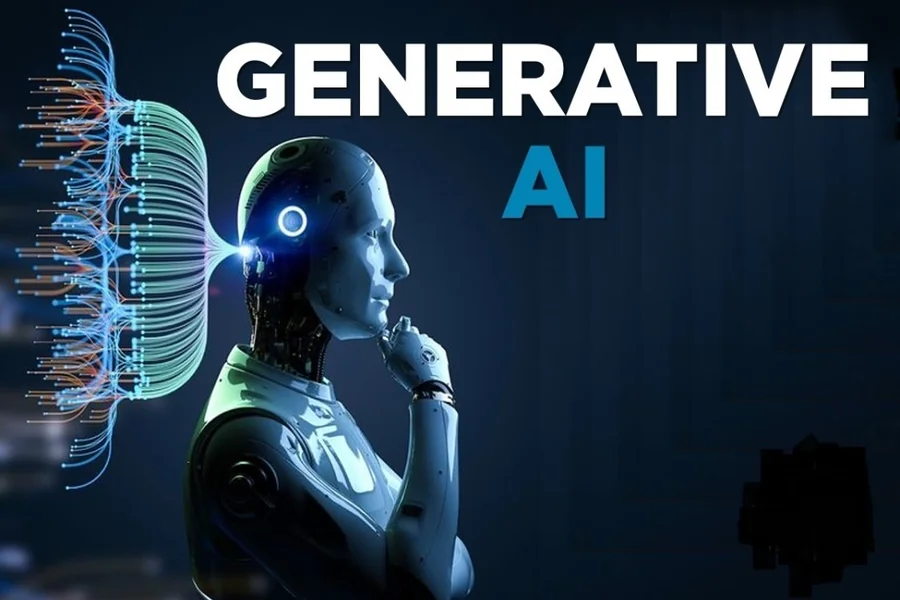The Shift from Words to Sound
Digital expression goes beyond emojis, filters, and stickers. In this day and age, people’s words can literally create music. With AI creativity, people can now generate original songs and soundtracks right from prompts. This goes beyond a novelty; this alters the way we create, share, and personalize content online.
From chat and social media apps to game design and even storytelling, AI text-to-music tools are democratizing access to music creation for everyone and everything. Regardless of your musical capabilities, you will now have the ability to create music. The concept is simple: just type what you are in the mood for or what you feel, and AI will create a piece that corresponds to it.
What Is AI Text to Music?
AI text-to-music refers to the shorthand interface used to create original compositions of music from a description. You could describe a mood, a genre, or even a fictitious scene, and the AI would render that into an audio track. Some other systems can also perform text-to-speech and singing, allowing users to create full songs just by providing one or two lines. The core system operates on a machine learning algorithm that has been fed a dataset of thousands of songs. These algorithms encode the patterns of various genres, the correspondence between words and sounds, and rhythm, harmony, melody, and their interactions, and the ordering of the various elements is called orchestration.
Why It’s Gaining Ground
The reason is self-evident-music is extremely influential, but that skill is still a unique talent. AI tools in music completely exonerate an individual of that responsibility. A gamer can design background music for their live streams, A student can create a studying aid in the form of a Lo-Fi beat, all anyone putting together a meme or Instagram reel needs is a catchy tune to play, and BAM, their already-spectacular work turns into something even better.
From Chat Windows to Audio Tracks
AI text to music technology, tools, and instruments are no longer confined to a musician-focused mobile app or editing software; they are becoming available in messaging and collaboration spaces.
People are able to create entire tracks right in Discord chats, Slack threads, or even via text messages. Some of them are enhanced with bots that allow the users to quickly generate a beat or ambient loop during a conversation.
A New Creative Change: Midway Point Midway Points
AI text-to-music lies at the intersection of casual talk and serious creative work, and it sits at the core of the shift. Rather than simply assisting people in music production, the tools make it possible for a more personal level of self-expression. Users are no longer restricted to trending sounds and stock music libraries. Instead, they can tailor their message, mood, or moment into something that best resonates with them. This is especially profound for creators, educators, influencers, and any other participants in digital culture.
The Most Important Popular Tools
There are a few important names in the industry. Suno and Udio provide text-to-speech generators that create complete songs with vocals and lyrics. Their outputs are increasingly polished, capable of mimicking real singers and professional arrangements. Soundraw offers music that adjusts to the timing of scenes in videos, which is useful for short ads. While Mubert offers loopable tracks for streamers and social media, Riffusion takes a more artistic approach and turns spectrograms into playable audio.
Scope of Improvement and Further Deliberations
The technology is nothing short of remarkable, but it does come with some challenges. Not all generated tracks are suitable. Certain iterations still possess the over-robotic or overly generic sound. Other concerns include continual debates over copyright, primary authors, and originality in AI-generated works. Nonetheless, it is moving quickly. Shifts in feedback and wider dataset access have resulted in tools becoming more nuanced, cross-genre, and emotionally representative.
Looking Ahead
Sound will play a greater role in the future of communication. The incorporation of AI into messaging applications, social software, and creative programs is expected to shift focus from text and images to sound. The possibilities continue to expand, ranging from automatic musical generation for messages to real-time video editing with synchronized soundtracks. For now, the takeaway is this: words go beyond basic speech—words have the power to sing, pulse, and play. With AI, the distance between thinking of a melody to making it a reality is at an all-time low.

